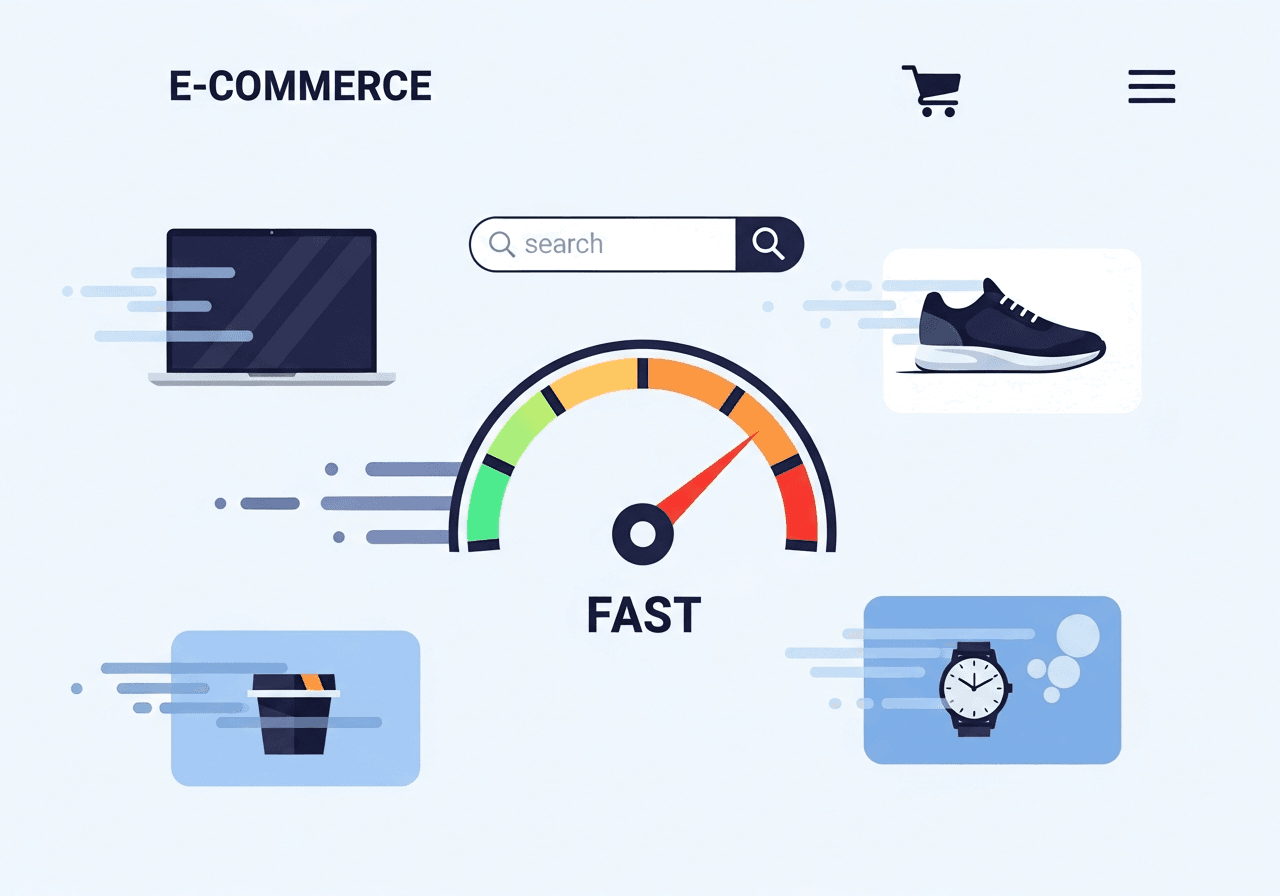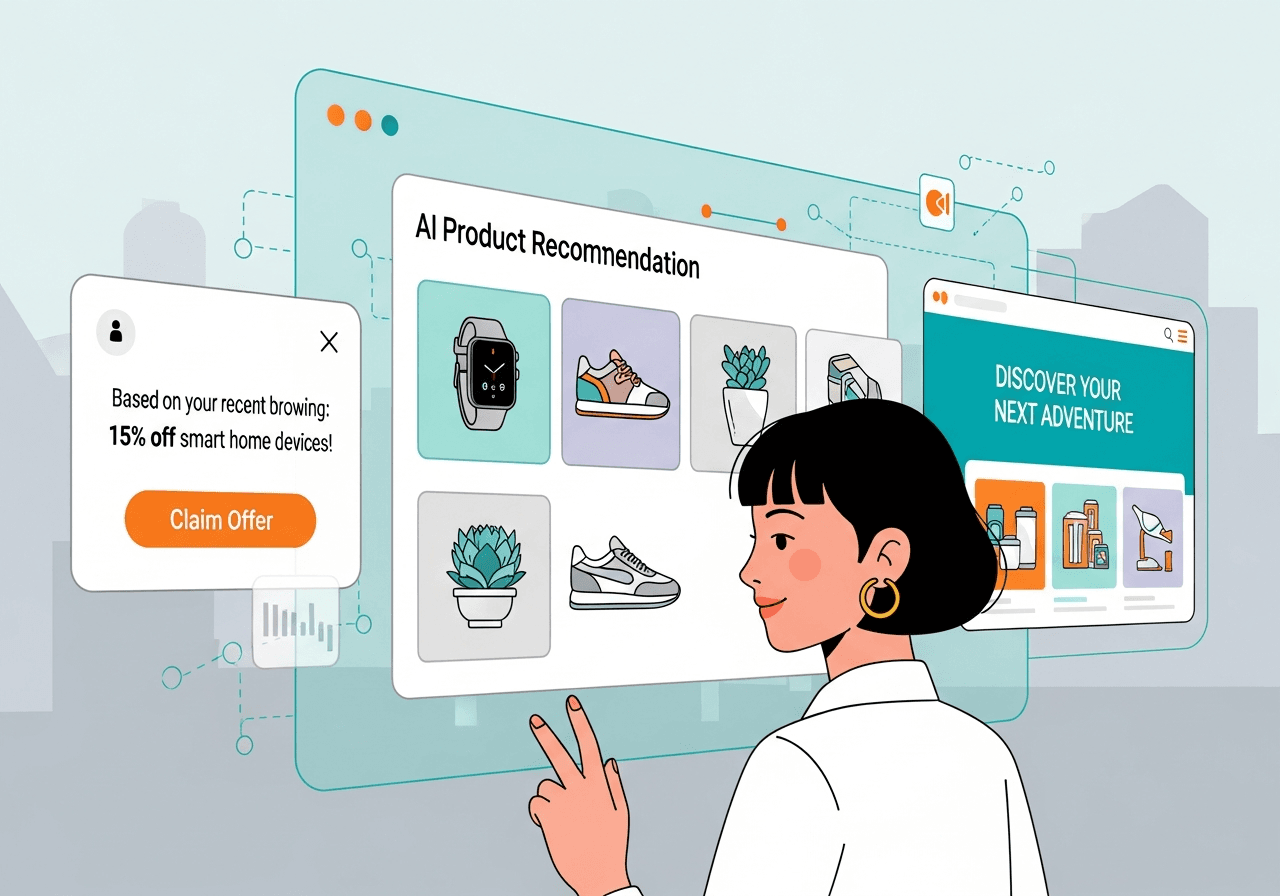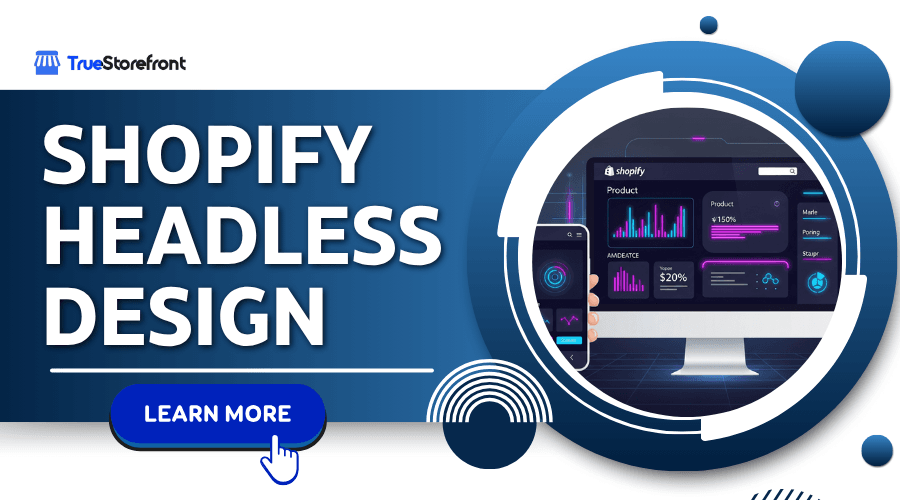The rise of headless commerce has given ecommerce brands the design freedom they have long desired. By decoupling the frontend from the backend, Shopify headless architecture allows merchants to craft fully customized shopping experiences without the constraints of traditional themes. This shift has led to a new era of innovation where modern UX and UI design play a central role in driving engagement, conversions, and brand identity.
Designing for a Shopify headless storefront requires a different mindset than designing for a traditional Shopify theme. Instead of working within a predefined structure, designers can build immersive, performance-driven, and highly personalized experiences that reflect the brand vision. This guide explores how to design modern UX for Shopify headless stores and how to leverage the flexibility of headless commerce to create superior customer journeys.
I. Understanding Shopify Headless Design
Shopify headless design combines the power of Shopify’s backend with a fully customizable frontend built on frameworks such as Hydrogen, React, Next, Nuxt, or custom solutions. This approach allows the UX to be tailored from the ground up without limitations.
Key advantages of Shopify headless design include:
- Total control over layout and interface
- Faster loading speeds through optimized rendering
- Highly interactive UI components
- Better omnichannel consistency
- Enhanced personalization possibilities
- Flexible design for storytelling and editorial experiences
Because headless frees the frontend, UX designers can focus on performance, simplicity, and user delight.
1. Prioritize Speed as a Core UX Element
In headless architecture, speed is not only a technical benefit but also a primary UX principle. Faster pages lead to better engagement and higher conversions. Research consistently shows that even a one-second delay can impact revenue.

For a Shopify headless storefront, focus on:
- Optimizing image loading with responsive formats
- Using server-side rendering for critical pages
- Minimizing unnecessary scripts and animations
- Caching strategies for faster navigation
- Lightweight UI elements
Performance should be a foundation of the design system, not an afterthought.
2. Build a Clean and Intuitive Navigation System
Navigation is a major driver of user satisfaction. Headless storefronts allow for advanced navigation patterns that are not possible with traditional themes.
Effective navigation strategies include:
- Sticky or smart headers that adapt to scroll behavior
- Minimal top-level menus with clear hierarchy
- Mega menus with structured categories
- Mobile-first collapsible menus
- Predictive search built on the Storefront API
- Visual category cards to enhance discovery
In headless design, the navigation experience can be tailored entirely to the brand’s catalog and audience behavior.
3. Use Modern Visual UI Patterns for Engagement
Shopify headless design supports the use of advanced, modern visual components commonly seen in premium ecommerce experiences.
These include:
- Smooth micro-interactions such as hover effects and transitions
- Minimalist product cards with dynamic variant previews
- Asymmetric layouts or editorial-style sections
- Cinematic product hero sections
- Personalized homepage modules
- Full-width imagery and immersive content
With headless frontend technology, designers are free to combine creativity and functionality without theme limitations.
4. Create a Consistent Multi-Device Experience
Customers interact with storefronts across multiple devices. A Shopify headless design strategy must prioritize seamless responsiveness across:
- Desktop
- Mobile
- Tablets
- Smart displays
- Mobile apps
- Embedded shopping experiences
Key considerations include:
- Fluid grids and scalable typography
- Touch-friendly controls
- Speed optimization specifically for mobile
- Device-specific micro-interactions
- Adaptive imagery and breakpoint strategy
Headless commerce ensures consistency while allowing custom optimizations per device type.
5. Elevate Product Discovery with Interactive Features

A major advantage of headless UX is the ability to build more dynamic and interactive product discovery flows.
Some of the most effective UX patterns include:
- Real-time filtering without page reloads
- Infinite scrolling or load-more interactions
- Dynamic product comparison tools
- Visual filtering (colors, materials, sizes)
- Personalized recommendations based on user behavior
- Location-based product availability
These experiences improve the shopping journey and make product exploration more intuitive.
6. Design Immersive Product Detail Pages
Product Detail Pages (PDPs) are where purchasing decisions happen. A headless storefront allows these pages to be highly interactive and personalized.
Modern PDP features include:
- High-resolution zoom and 360-degree images
- Shoppable videos powered by headless rendering
- Product configurators
- Real-time inventory indicators
- Contextual reviews and UGC
- Dynamic bundles and upsell modules
- Personalized content blocks
Headless architecture allows these components to load quickly and fluidly, even with advanced visual content.
7. Streamline the Checkout Experience
Headless checkout still relies on Shopify’s secure checkout, but the pathway leading to it can be fully optimized through UX design.
Best practices:
- Persistent cart icon
- Slide-out mini cart with live updates
- Cart-level recommendations
- One-click upsells
- Clean, distraction-free cart page
- Trust badges and shipping info upfront
Seamless transitions from cart to checkout significantly improve conversion rates.
8. Integrate Storytelling into the Design System
Storytelling is one of the most powerful tools in modern ecommerce. Shopify headless design allows brands to create editorial layouts that mix content and commerce beautifully.
Elements to consider:
- Lifestyle imagery integrated with product modules
- Scroll-triggered animations
- Brand story sections that flow visually
- Modular content blocks for marketing teams
- Long-form content pages with integrated shopping
This type of narrative-driven UX is impossible or difficult with traditional Shopify themes but becomes natural with headless architecture.
9. Support Personalization and AI-driven UX

Personalization elevates UX in headless storefronts by making every user journey unique.
Possible integrations include:
- Personalized product recommendations
- Location-based content
- Behavior-triggered popups
- Dynamic landing pages
- Automated merchandising tools
- AI-driven search optimization
Headless design ensures that all personalization is smooth, fast, and flexible.
10. Build a Scalable, Modular Design System
For long-term sustainability, brands should invest in a scalable design system that guides all UI and UX decisions.
A headless design system should include:
- Color palettes
- Typography hierarchy
- Button styles
- Grid and spacing rules
- Interaction guidelines
- Reusable component library
- Accessibility standards
Conclusion
This system becomes the blueprint for consistent design across all experiences. Designing a modern user experience for Shopify headless stores requires a strategic balance of performance, aesthetics, usability, and consistency. With the right UX/UI principles, merchants can build storefronts that feel faster, more intuitive, and more aligned with today’s digital shopping behaviors.
A headless approach unlocks unparalleled creative freedom use it to craft a seamless, conversion-first experience that differentiates your brand in a crowded market.
Read more:
